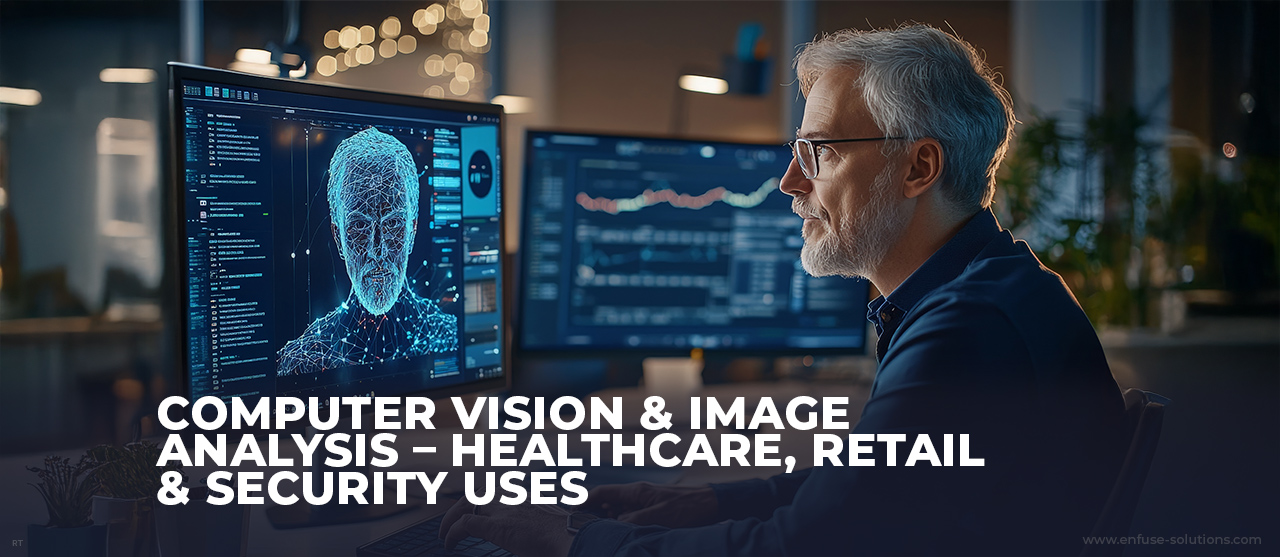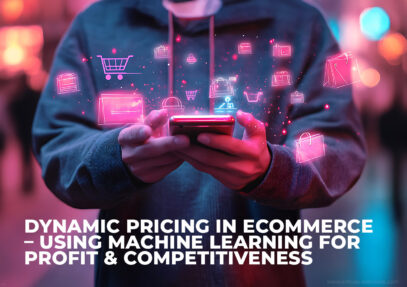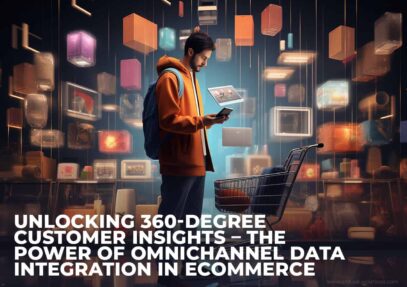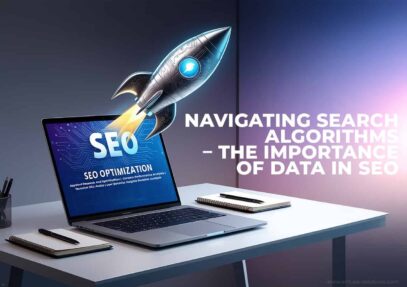
Computer vision, a powerful subset of artificial intelligence (AI), enables machines to interpret and respond to visual data, mirroring the capabilities of human sight. With applications across healthcare, retail, security, and beyond, computer vision is fueling innovation, improving operational efficiency, and unlocking data-driven insights at scale.
In this blog, we explore the latest computer vision trends, industry use cases, and market growth statistics, with a deep dive into its transformative impact across major sectors.
Computer Vision Market Overview
The global computer vision market is witnessing exponential growth driven by rapid AI adoption, increased automation, and growing demand for real-time image processing across sectors.
- Market Size & Forecast: As per Fortune Business Insights, the global computer vision market size was valued at USD 25.41 billion in 2024; the market is projected to soar to USD 175.72 billion by 2032, at an impressive CAGR of 27.6%.
- Regional Highlights: North America dominates the global market due to its early adoption of AI-powered technologies, robust R&D ecosystem, and strong presence of leading tech players such as IBM, Google Cloud, and NVIDIA.
Application Of Computer Vision In Healthcare
Computer vision is redefining patient care through AI-powered diagnostics, smart monitoring systems, and robot-assisted surgery.
1. Medical Imaging And Diagnostics: AI-driven computer vision tools analyze X-rays, CT scans, and MRIs to detect anomalies such as tumors, fractures, or neurological disorders with remarkable precision.
Case Study: At Stanford Medicine, the CheXNeXt algorithm – a computer vision model- outperformed radiologists in identifying pneumonia from chest X-rays.
2. Real-Time Patient Monitoring: Hospitals use vision-based systems to monitor patient activity, detect falls, and alert staff in real time, reducing response time and improving patient safety.
Example: Oxehealth, a UK-based startup, developed a vision-based system that monitors patient
vital signs contactlessly in psychiatric facilities, reducing in-room checks by over 50%.
3. Surgical Assistance With AR: AR headsets integrated with computer vision overlay anatomical data during surgery, enhancing precision in complex procedures.
Example: UC San Diego surgeons successfully used Apple Vision Pro headsets during minimally invasive procedures, allowing hands-free visualization of critical data.
Market Stats: According to Global Newswire, computer vision in the healthcare market was valued at USD 1.4 billion in 2023 and is projected to reach USD 49.0 billion by 2032, with a CAGR of 47.8%.
Computer Vision In Retail
Retailers are leveraging computer vision to transform operations, personalize experiences, and improve inventory accuracy.
1. Smart Inventory Management: AI vision systems automatically track shelf stock and alert staff to replenishment needs, reducing stockouts and excess inventory.
Example: Walmart’s Retail Link System gives suppliers up-to-date information on product sales at Walmart warehouses and retail locations.
2. Customer Behavior & Heatmap Analysis: Computer vision captures in-store customer movements and preferences, helping optimize store layouts and marketing strategies.
Example: Sephora utilizes computer vision to study product interaction patterns and fine-tune
store displays, increasing customer engagement.
3. Loss Prevention & Facial Recognition: Smart surveillance systems identify shoplifting behaviors and known offenders through real-time facial recognition.
Example: ASDA (UK) implemented facial recognition tech in pilot stores to reduce theft and improve staff safety.
Market Stats: The use of computer vision in retail is expected to grow by 15% over the next five years, reflecting its critical role in AI-powered retail transformation, as per Virtue Market Research.
Computer Vision In Security And Surveillance
From public safety to private property monitoring, computer vision significantly strengthens security infrastructure through proactive threat detection and real-time analytics.
1. AI Surveillance & Anomaly Detection: Computer vision enables automated surveillance that flags suspicious behavior or unauthorized access, reducing dependence on manual monitoring.
Example: Singapore’s Changi Airport deployed smart surveillance systems that detect unattended baggage and track intruders in real time.
2. Facial Recognition For Access Control: Law enforcement and security firms use facial recognition to identify suspects, manage building access, and ensure compliance.
Example: Clearview AI assists law enforcement in the U.S. with facial recognition software that searches over 20 billion public images.
3. Crowd Analysis For Event Safety: Event organizers deploy vision-powered systems to monitor crowd density, detect aggression, and guide crowd flow.
Example: The Tokyo 2020 Olympics used AI surveillance to manage crowd flow and identify suspicious activities with zero reported major security breaches.
Market Stats: A Precedence Research report suggests that the AI in computer vision market for security is forecasted to grow from USD 30.22 billion in 2025 to USD 330.42 billion by 2034, at a CAGR of 30.58%.
Conclusion: The Future Of Computer Vision Across Industries
From early disease detection in hospitals to theft prevention in retail and proactive surveillance in cities, computer vision technology is at the forefront of digital transformation. As deep learning algorithms, edge computing, and AI hardware continue to evolve, we can expect broader adoption and more advanced computer vision applications across all sectors.
Stay Ahead With EnFuse Solutions
Our expertise in digital services, data management, and technology consulting positions us to help organizations harness the power of innovation—whether it’s through AI, automation, or data-driven strategies. With a proven track record, EnFuse Solutions empowers businesses to adopt cutting-edge technologies like computer vision, which is transforming industries such as healthcare, retail, and security. Those who embrace such advancements will be better equipped to thrive in an increasingly intelligent and connected world.

















Comment